One of our favourite movies of all time, The Lion King, is making a comeback! To commemorate the release of the classic Disney movie remake, we’re sharing more information on the stars of the show. Find out more about the Lion King characters and where you can see them in Africa.
The original Lion King movie was released in 1994. The film became an instant success and found a place in the hearts of all who watched it. Now, 25 years later on the 19 July 2019, Disney will be releasing a remake of the film. We couldn’t be more excited to relive our childhood through this incredible film!
As well as the characters and the memorable soundtrack, the most captivating element of The Lion King is the magnificent scenes set in the heart of the African wild.
In anticipation of the new film, we have created a list of the main characters of The Lion King, so that you can find out more about them before your next safari trip to Africa.
The Lions: Simba, Mufasa and Nala
The pride of Africa, lions are the stars of the African bush and the leads of the movie.
Lions are the only social cats in the animal kingdom and live together in groups called prides. Prides can often grow as large as 40 members. These prides are overseen by a central male lion who will defend the pride from threats. The pride is largely run by the lionesses who will hunt together as a group. Learn more about these in animals, read our collection of interesting facts about lions.
In the movie, the lion’s are assigned Swahili names. Swahili, also known as KiSwahili, is a popular language spoken across Eastern Africa including the countries of Tanzania and Kenya:
- Simba, the film’s protagonist is a lovable lion cub who grows through his challenges to become the king of Pride Rock. His name means ‘lion’ in Swahili
- Mufasa, whose name means ‘king’ in Swahili, is Simba’s father. He dies an untimely death during a wildebeest stampede,
- Nala, a lioness who’s means ‘gift,’ is Simba’s childhood mate.
The most iconic wildlife species in Africa, these predators are not as common as one would imagine, with population scores on the decline. Africa’s last remaining lions can be found in the Southern African countries of Botswana, South Africa’s Kruger National Park, Zambia and Zimbabwe, as well as in the East African countries of Tanzania and Kenya.
Scar
The antagonist of the film is Scar, Mufasa’s estranged brother. In the original film, Scar’s character sported a jet black mane, signalling his relation to blacked maned lions. However, with much controversy, in the 2019 remake, Scar’s mane lacks its stand-out colouring.
Lion manes can come in various shapes and sizes. Standard manes are gold, while others can have a dark black tone. Some lions, such as those found in the Tsavo National Park in Kenya have almost no mane whatsoever.
A darkened mane can signal an older male, one with more testosterone than their tawnier counterparts. With an increase in testosterone, the black mane can make the lion seem more attractive to lionesses. Also, location, climate, temperature and sun exposure can play a factor in the size and colour of a lion’s mane.
In this context, Scar’s black mane does seem a bit out of place. His darker mane certainly didn’t make him more attractive to any of the lionesses in Pride Rock. You can read more about the colouring of a lion’s mane in this fascinating article from Londolozi.
South Africa has a particularly famous story of a group of male lions called the Mapogo lions. The Mapogos were a group of six male lions that banded together to form a terrifying union. When two or more male lions live and hunt together, it is called a coalition. The Mapogo coalition was particularly notorious as they went on a brutal killing spree across the Sabi Sands of the Kruger National Park to claim territories. Some of the members of the Mapogo coalition were black-maned lions.
Rafiki
One of the sassiest Lion King characters is Rafiki. Rafiki translates to ‘friend’ in Swahili, is often mistaken as a baboon, but in fact, he is a mandrill.
Mandrills are the biggest and most colourful of all monkeys. Despite their showy exteriors, they are actually quite shy and private. Spotting these monkeys in the wild is no easy job as they live mainly in the rainforests of the Congo and Cameroon. While you’re searching for a mandrill you may even see some gorillas! Unfortunately, we don’t offer gorilla tracking in Africa… yet!
Rafiki is a friend and advisor of the royal family of the Pride Lands. He performs acts similar to that of a shaman, presenting young cubs to the animals and counselling the royal family. He lives in a massive baobab tree, one of Africa’s iconic tree species.
The Hyenas: Shenzi, Banzai and Ed
Despite their negative portrayal in The Lion King movie, hyenas are extremely intelligent and fascinating animals.
Hyenas are nocturnal carnivores that live in a wide range of habitats. Like elephants, hyenas have a matriarchal social structure, which means that the females rule the roost!
Hyenas have a terrible reputation of being scavengers, but in fact, they are cunning hunters. One of the most impressive characteristics about hyenas are the sounds that they make, including their infamous laughs to individualised whoops. Read more interesting facts about hyenas.
In the film, Shenzi, Banzai and Ed are a trio of spotted hyenas who are the loyal followers and minions of the villainous Scar. In reality, lions and hyenas are arch enemies as they compete for kills.
Hyenas can be spotted all across Africa. While the spotted and striped hyena are found in East Africa, the smaller and even more shy brown hyena can be found in Southern Africa. Again, despite their bad reputation, hyenas are fascinating creatures, and their pups are adorable! Seeing them on safari is a real treat!
Zazu
The know-it-all protector to the would-be king, Simba, Zazu – a yellow-billed hornbill – is even sassier than Rafiki.
Yellow-billed hornbills can be found in the open savannas, woodlands and thorn scrubs across sub-Saharan Africa. The bird is defined it’s vibrant and distinct yellow beaks that have led them to be nicknamed ‘flying bananas.’
Yellow-billed hornbills are just one of the many stunning birds that can be seen on safari!
Timon
Despite their undeniable cuteness and weighing in at less than a kilo each, these little mammals are hardcore when it comes to living in the African wild.
Surviving in the harsh conditions of the savannah desert, mobs of meerkats can be found in the Kalahari Desert, Botswana, Namibia and South Africa. If you would like to discover more about meerkats, check out our list of interesting facts about meerkats.
In The Lion King, Timon is the best friend to Pumbaa the warthog. Timon lives a care-free and laid back life, eating bugs and following the famous Hakuna Matata motto.
Pumbaa
The name Pumbaa is Swahili for ‘simpleton.’ He is Timone’s best friend and childhood protector of Simba.
The Phacochoerus Africanus, also known as the common Warthog is widely spread across sub-Saharan Africa as well as in northern Kenya, Ethiopia and Somalia.
Warthogs are incredibly social animals and live together in matriarchal groups called sounders. To help you learn more about these wonderful beasts we’ve put together a list of interesting facts about Warthogs. Read more interesting facts about these lovable creatures.
Hakuna Matata
One of our favourite things about The Lion King is the soundtrack! The 1994 version featured plenty of incredible songs including our favourite, Hakuna Matata.
A song based around Timone and Pumba’s catchphrase, the words Hakuna Matata translate to ‘no trouble’ or ‘no problems’ in the East African Swahili language. We can’t wait to see what the 2019 rendition of this lovable song – and the entire soundtrack – will bring!
We hope that you enjoy reading this post and that you’re as excited to watch The Lion King as we are! Let us know your thoughts on the 2019 remake below!
If you’re like to see these animals, the famed Lion King characters, in real life, book a safari trip to Africa! Contact us for planning help and assistance!
Image Credit: © 2019 Disney

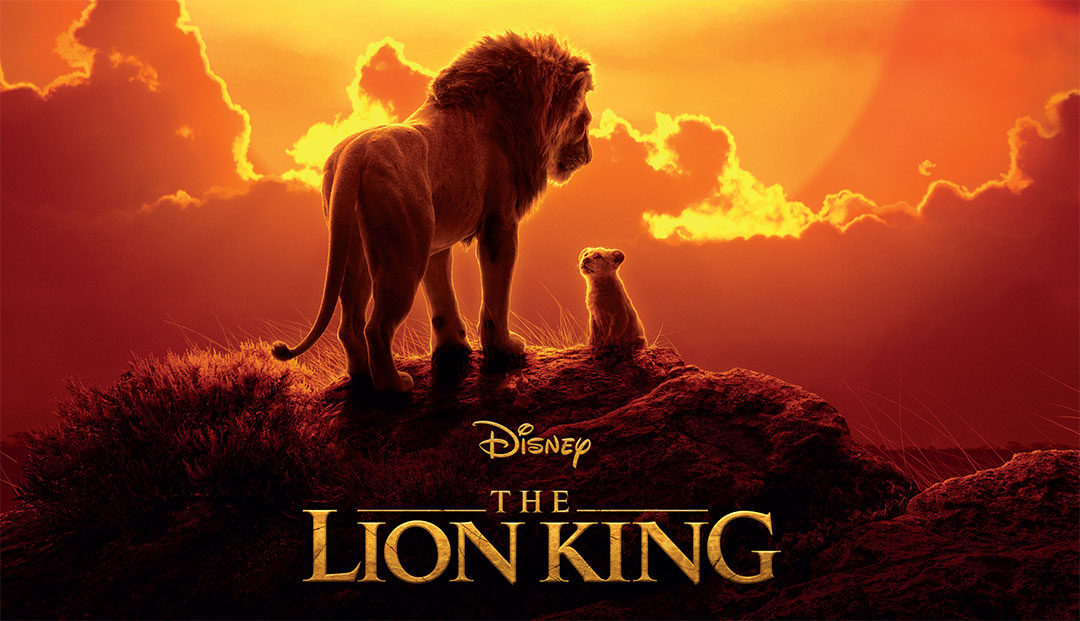


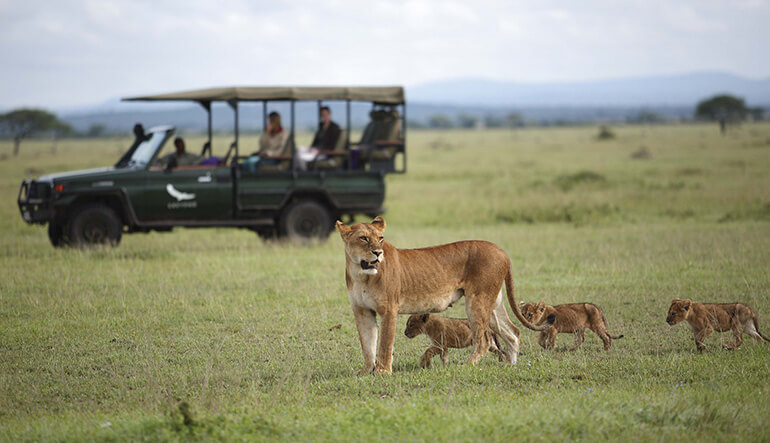



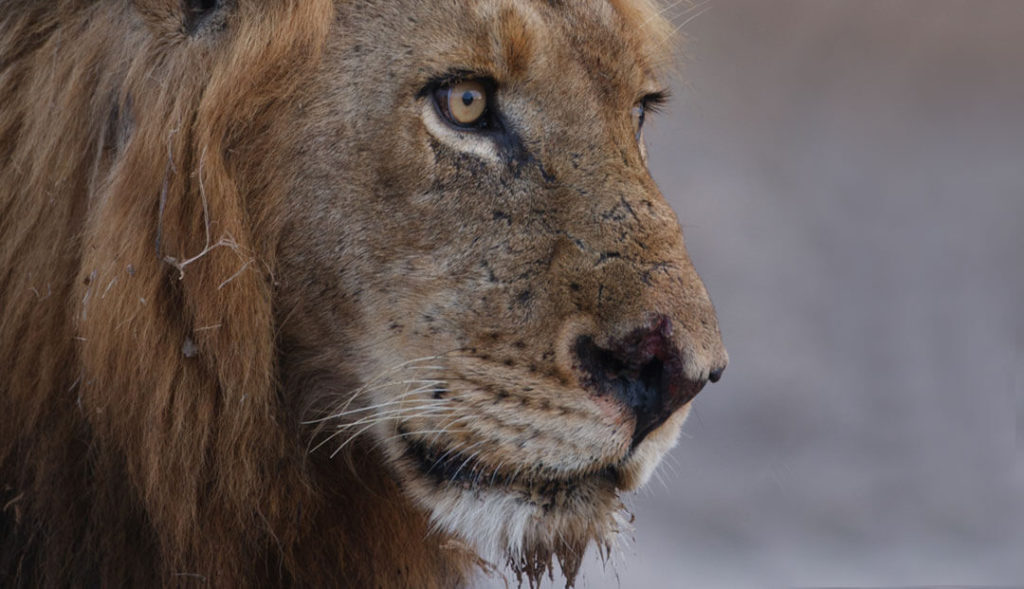
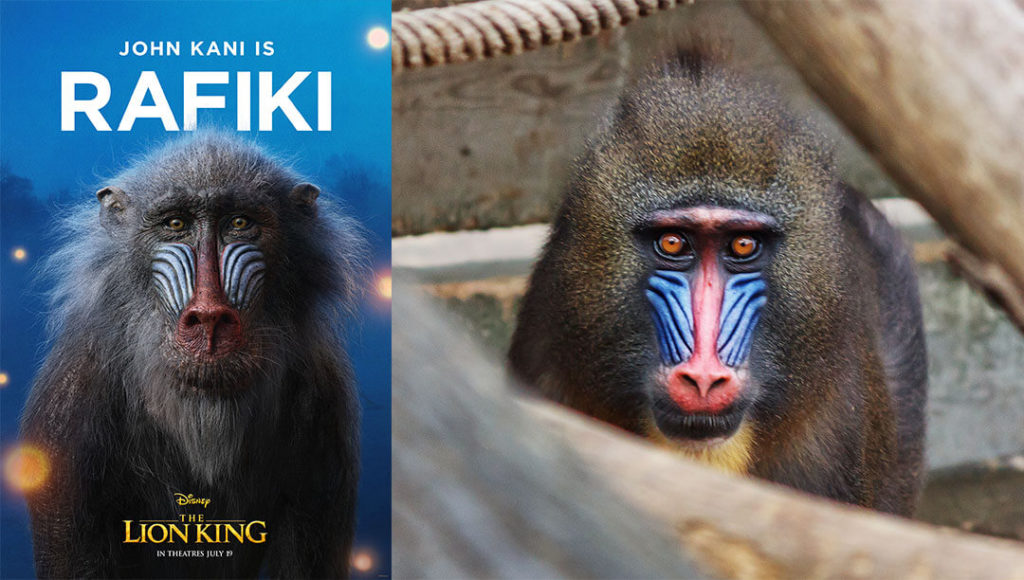

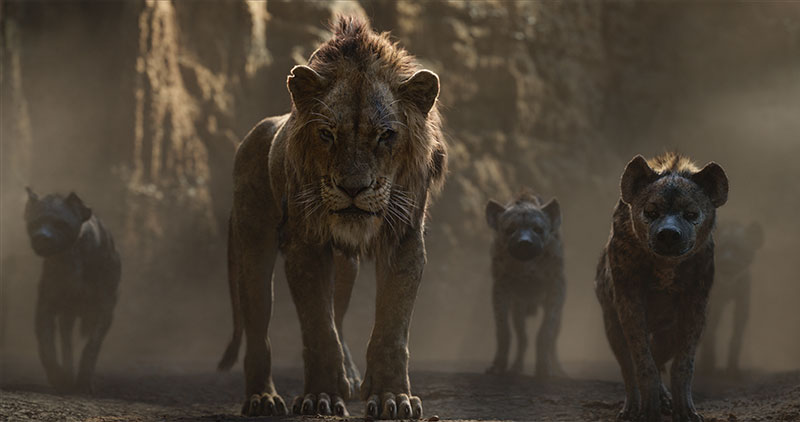
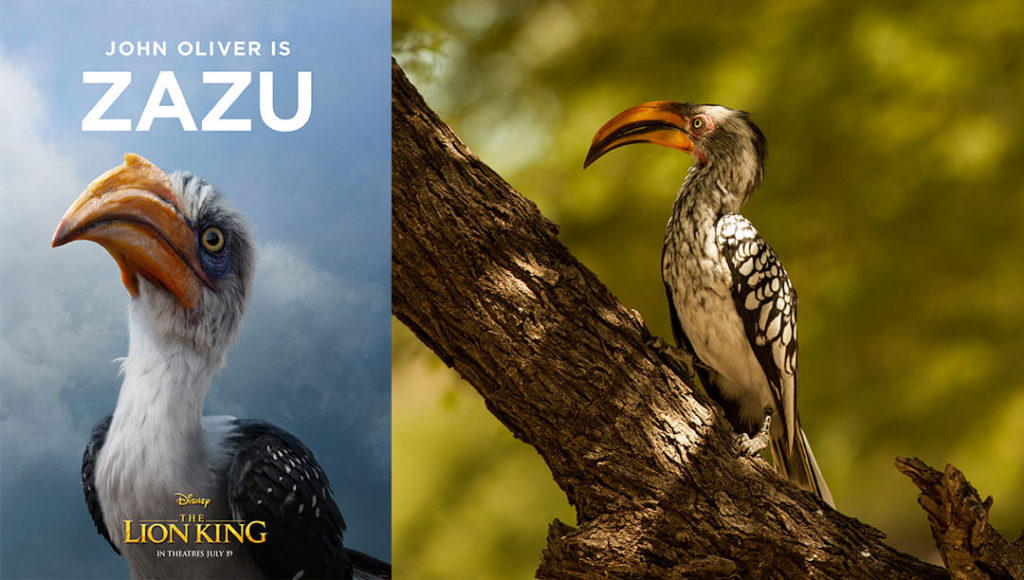

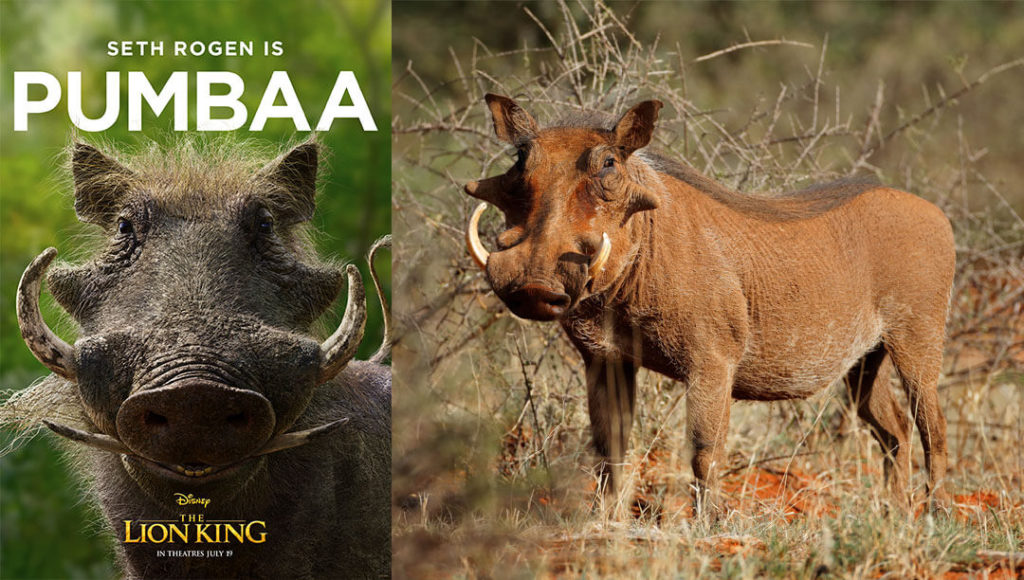
Trackbacks/Pingbacks